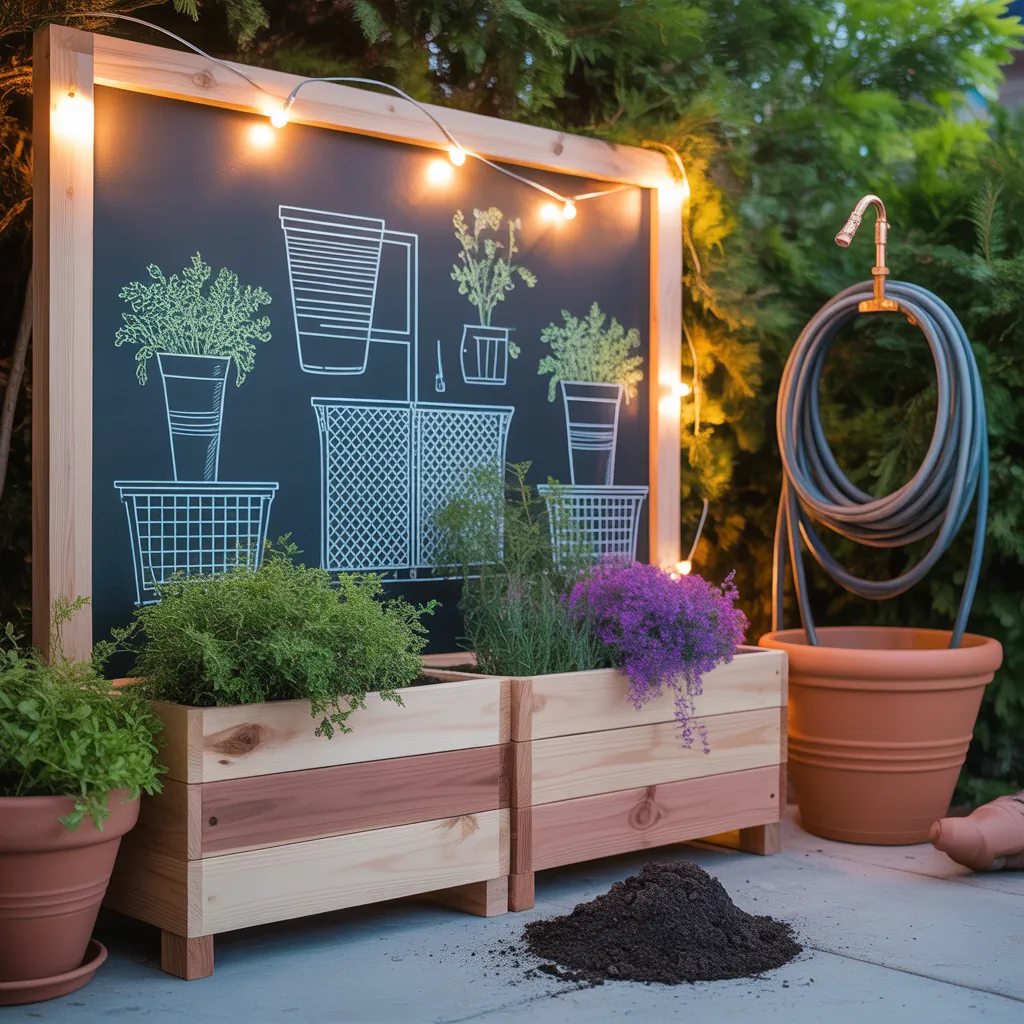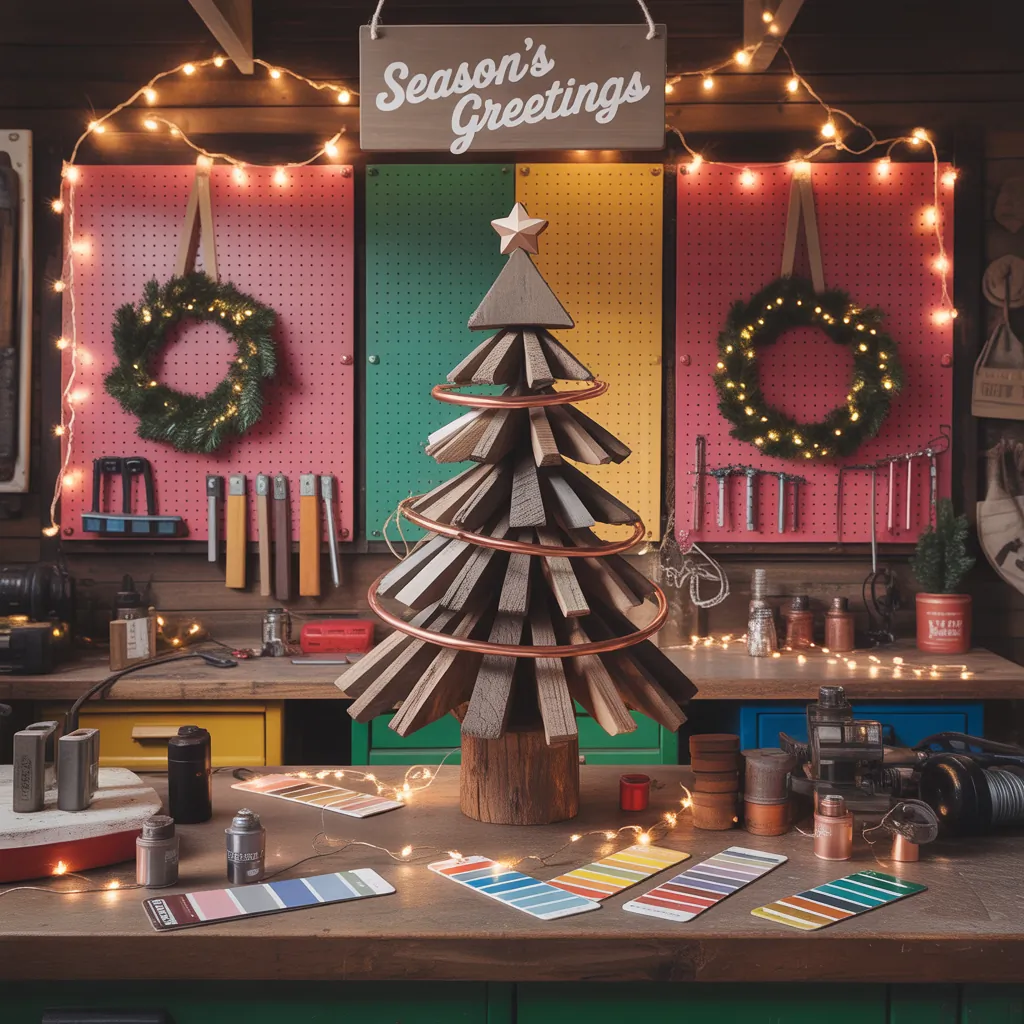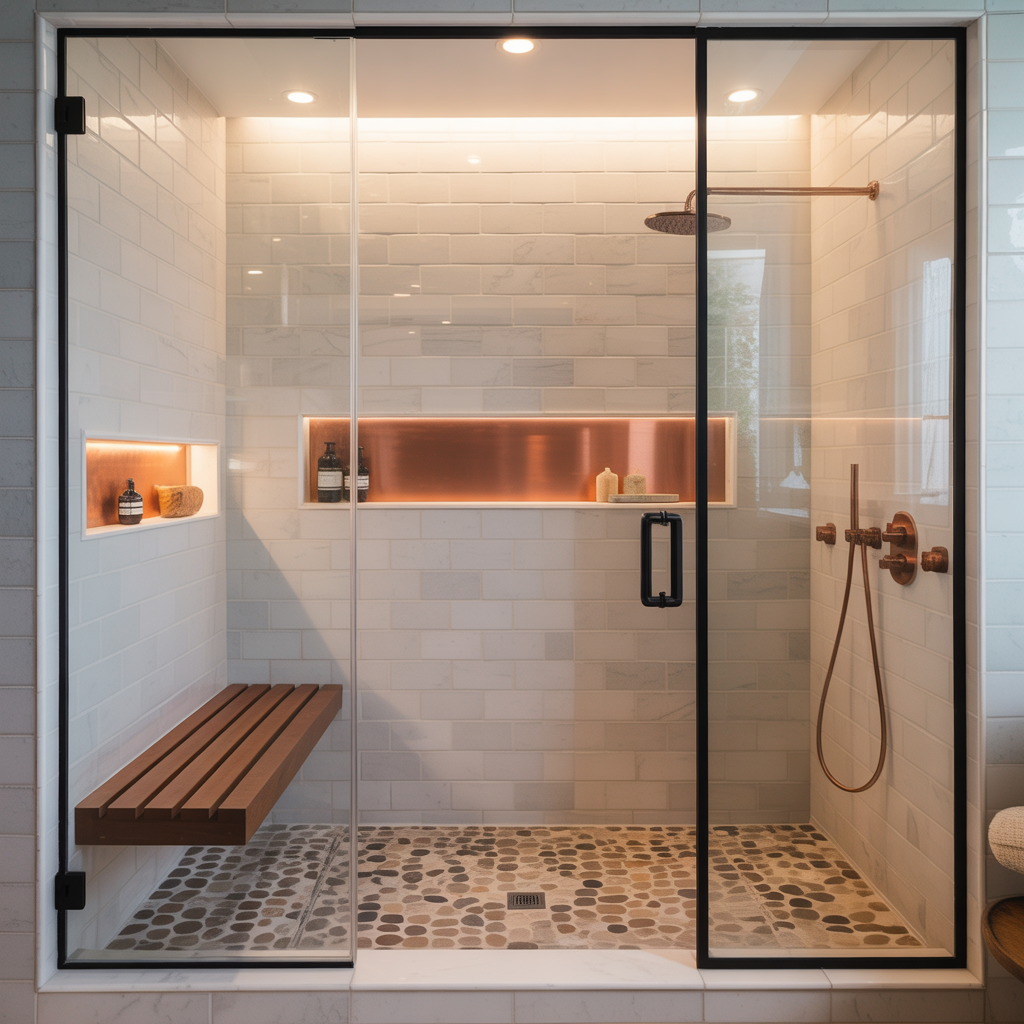Have you ever stood on your patio with a cup of coffee and thought, “This area could look so much better with the right planters” — but felt unsure where to start? If you’ve been collecting patio planter thoughts and never moved beyond Pinterest boards, you’re not alone. Small outdoor spaces often come with big design questions: what plants will thrive, how to create visual balance, and how to build planters that last. This guide gives practical, step-by-step advice, design inspiration, and realistic DIY tips so you can turn those patio planter thoughts into a welcoming outdoor oasis.
Why Patio Planter Thoughts Matter
Patio planters are more than just containers for flowers. They set the tone for your outdoor living area, can increase privacy, and even help with microclimate control for small gardens. Whether you’re thinking about container gardening for patios, balcony planter thoughts, or creating a dedicated herb corner, thoughtful planter choices make the difference between a cluttered patio and a cohesive outdoor room.
Patio Planter Thoughts: Where to Start
Begin by asking a few practical questions: how much sun does your patio get, what’s your budget, and what function do you want the planters to serve (privacy, edging, focal point, edible garden)? Answering these will shape whether you choose DIY patio planters, raised beds, hanging planters, or a cluster of mixed pots.
Assess site conditions
- Sun exposure: full sun, part shade, or full shade?
- Wind and shelter: do you need heavier planters or windbreaks?
- Flooring: wood decks need drainage protection; concrete can handle heavier planters.
Define your style and purpose
- Modern minimalism: sleek rectangular planters and grasses.
- Cottage charm: mixed pots, climbing vines, and colorful perennials.
- Kitchen garden: raised planters and window boxes for herbs and vegetables.
Quick DIY Patio Planter Upgrades
If you want to jump from thought to action, here are small improvements with big impact that even beginners can handle.
1. Refinish and seal existing planters
- Clean: remove old soil and rinse.
- Sand: smooth rough wood or chipped paint.
- Seal or paint: use exterior-grade paint or sealant to protect from moisture.
2. Add a simple self-watering reservoir
For busy homeowners, drill a hole near the bottom of a large planter, add a reservoir of gravel or a wick system, and fill with quality potting mix. This retains moisture and reduces watering frequency—especially useful for container gardening for patios and balconies.
3. Group pots for visual impact
- Arrange containers in odd-numbered clusters (3 or 5) for a more natural look.
- Layer heights using plant stands or stacked bricks to add dimension.
Design Inspiration and Layout Ideas
Use these concepts to refine your patio planter thoughts into a clear design plan.
Small-space gardening strategies
- Vertical planters: use wall-mounted pockets or trellises for climbing plants.
- Rail planters: narrow boxes that attach to balcony rails maximize space.
- Modular containers: interchangeable boxes that can be rearranged seasonally.
Creating focal points
Select one statement planter—like a large ceramic urn or a custom wooden raised planter—and plant it with bold foliage or a small tree. This anchors the patio and draws the eye, letting surrounding smaller pots complement rather than compete.
Color and texture pairing
- Mix foliage textures: feathery grasses next to glossy-leafed plants.
- Limit your palette: pick 2–3 dominant colors to create harmony.
Step-by-Step: Build a Simple Raised Patio Planter
This easy raised planter is ideal for herbs or compact vegetables and fits neatly along a patio edge.
Tools and materials
- Untreated cedar boards (2×6 or 2×8)
- Galvanized screws
- Weed barrier fabric
- Potting mix and compost
- Optional: caster wheels for mobility
Steps
- Measure and cut boards to desired planter dimensions.
- Assemble box using galvanized screws for weather resistance.
- Line with weed barrier to protect wood and keep soil in place.
- Fill with a mix of potting soil and compost for nutrients and drainage.
- Plant herbs or vegetables, water thoroughly, and place in a sunny spot.
Tip: Elevate the planter slightly to improve drainage and reduce rot. Adding caster wheels makes it easy to move for seasonal sun changes or winter storage.
Maintenance and Plant Selection
Choosing the right plants and maintaining your planters keeps your patio looking great year-round.
Best plants for patios
- Full sun: lavender, rosemary, succulents, and dwarf tomatoes.
- Part shade: ferns, impatiens, coleus, and leafy herbs like mint.
- Wind-tolerant: ornamental grasses and sturdier shrubs like boxwood.
Ongoing care tips
- Water consistently—containers dry faster than ground beds.
- Fertilize lightly every 4–6 weeks during the growing season.
- Deadhead spent flowers to encourage continuous blooms.
- Winterize: move sensitive planters indoors or wrap with insulating fabric.
Real-World Advice for Long-Lasting Planters
Avoid common pitfalls by thinking long-term:
- Drainage first: make sure every planter has adequate holes to prevent root rot.
- Use lightweight mixes for rooftop patios to reduce load on structures.
- Scale planters to the space—oversized boxes can crowd small patios, while tiny pots get lost in large areas.
These practical steps transform vague patio planter thoughts into durable, beautiful planter solutions you’ll enjoy season after season.
Frequently Asked Questions
1. What size planter is best for a small patio?
Choose planters that balance scale with function. A medium rectangular planter (18–24 inches wide) works well for herbs and small vegetables, while a tall, narrow planter is ideal for saving floor space without sacrificing soil volume.
2. How often should I water patio planters?
Watering depends on plant type and weather, but many container plants need water daily in hot weather and every 2–3 days in milder conditions. Check soil moisture by sticking your finger 1–2 inches in—if it’s dry, water.
3. Can I create a DIY self-watering patio planter?
Yes. You can build a self-watering system by adding a water reservoir below the soil layer, using a wicking fabric or PVC fill tube. This reduces watering frequency and helps maintain consistent moisture levels.
Conclusion
Your patio planter thoughts don’t have to stay thoughts. With a little planning, some smart DIY work, and the right plants, you can create a personalized outdoor space that’s both functional and beautiful. Start small—refinish one pot, build a simple raised planter, or plant a clustered herb garden—and build from there. Ready to turn ideas into action? Explore more DIY projects for step-by-step guides, or browse home design ideas to spark more creativity.
Which patio planter idea will you try first? Share your plan, and get started today.



